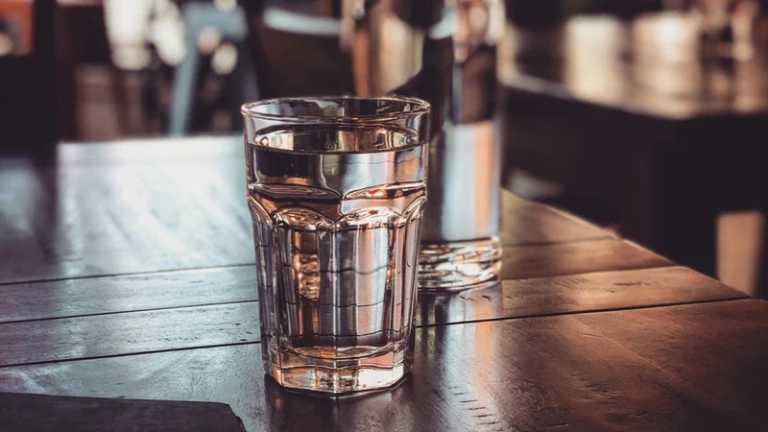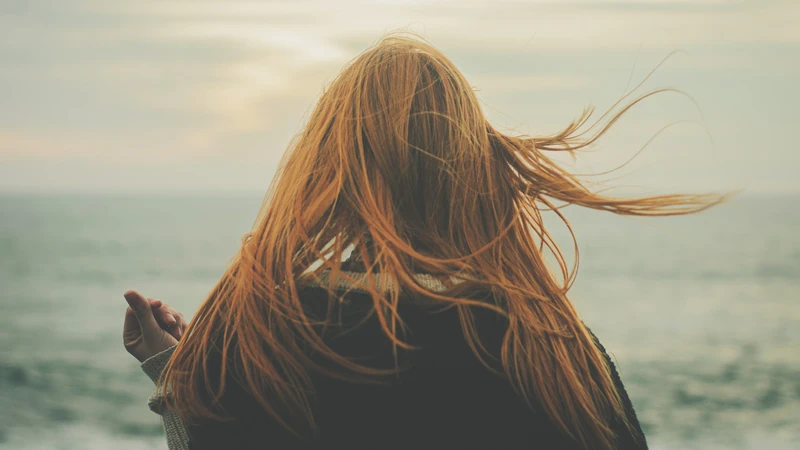Anyway, water retention is often manifested by swelling in the lower limbs (legs, ankles, feet), but not only: one can also swell in the face, neck, arms… Not very flattering!
Luckily, there are solutions to fight against water retention on a daily basis, so that it stops swelling us!
1. Eat less salt
In France, salt consumption is on average 10 grams per day… when the WHO recommends consuming a maximum of 5. Ouch! Because if salt is the friend of arterial hypertension and cardiovascular diseases, it is also a great ally of water retention.
Yes: water is attracted to salt, so the more salt there is in our tissues, the more water will want to go there too … A real vicious circle!
To limit your salt intake, it is advisable to avoid industrial foods as much as possible and to cook fresh products yourself. It’s still the best way to know what’s on your plate!
2. Stay hydrated
When we retain water, it is because water accumulates in large quantities in our tissues. But beware: this does not mean that by depriving yourself of water you will start to deflate. On the contrary…
Indeed, our body needs water to function. However, when we do not provide him with enough, he will tend to store the little we give him for fear of running out. As a result, people who do not hydrate properly are necessarily more prone to water retention than those who drink at least 1.5L of water per day!
3. Don’t Forget Protein
When we do not eat enough eggs, dairy products, meat or fish, our blood is not very rich in protein. However , water is a substance which is attracted by concentrated media. Rather than remaining in a liquid that is too low in protein, it will therefore prefer to lodge in more filled tissues… which will not fail to make us swell (most often, in the legs).
We must therefore take care, whatever our diet, never to fall prey to a protein deficiency. As such, even when you are vegetarian, there are many foods very rich in non-animal proteins; such as cereals, legumes, tofu, seitan, oilseeds…
4. Watch out for clothes that are too tight
Admittedly, slim jeans, skinny pants, stockings and close-fitting leggings are quite flattering for the figure, but beware: when you wear clothes that are too tight, you run the risk of hindering blood circulation in the bottom of your body. body. However, poor blood circulation opens the door to water retention, especially in the ankles, legs and feet.
To promote blood circulation in the lower body, it is recommended to wear clothes that will let these areas “breathe”. And even if they are far from being sexy, compression stockings can be great allies to help the blood circulate better in the legs!
Similarly, to improve venous return, it is advisable to elevate your legs as soon as possible.
5. Beware of heatstroke
When it is very hot, our blood vessels dilate , which makes them less permeable . Result: the water that has migrated from the blood to the tissues of our body is blocked, and makes us swell!
This is why people who do not have good blood circulation often have their legs (or other parts of the body) that swell in summer or in the event of strong heat.
Unfortunately, when the weather is nice and warm, there’s not much to do… except maybe regularly spray your legs with cold water to prevent the lower limbs from swelling too much, and to sleep with cushions under the legs in summer to elevate them while we sleep.
6. Food intolerances?
Studies have shown that in some people who tend to swell in the eyelids and fingers, water retention issues are actually due to gluten or lactose intolerances.
To see if this is our case, the best thing is to eat gluten-free and lactose-free products (you have to read the labels of the products you buy on the market!) for 2 to 3 weeks, and see if the swelling disappears!
Knowing that if we think that our water retention is due to a food intolerance, it is advisable to go see our doctor so that he confirms our doubts, and prescribes a specially adapted diet.
7. The best anti-water retention sports
- Water sports such as swimming, water aerobics or aquabiking, because the water massages the swollen limbs and provides a feeling of freshness.
- Activities such as gentle gymnastics, walking, cycling, Nordic walking… Knowing that the most important thing is to seek regularity rather than intensity!
8. Get a massage
Drainage is an excellent way to get rid of excess water that our body has accumulated in the tissues. As such, if playing sports represents active drainage, there is a much less tiring way to deflate: have your arms and legs massaged by professionals, and indulge in passive drainage!
This type of massage is generally carried out either in an institute or with a professional physiotherapist.
Note: except in the case of oedema, passive drainage is not reimbursed by social security…
9. What about draining products?
When you suffer from water retention, draining products are quite attractive; their promise is indeed to redirect the water stored in the tissues to the blood, before eliminating it via the urine.
But before buying a particular draining product on the internet or in a pharmacy, it should be remembered that if draining food supplements (red vine, cherry, etc.) and aquaretics (herbal products such as nettle or pilosella ) can be purchased without a prescription and can be consumed without risk, diuretic products can be dangerous and should never be taken without prior medical advice (and a prescription, because they are drugs).
10. An anti-water retention diet
Sometimes, our water retention is accompanied by the appearance of cellulite in somewhat unusual places, such as the stomach, arms or shins for example. This is called aqueous cellulite, which is caused by problems with blood and lymphatic circulation , and which is often found in fairly thin girls.
To eliminate it gently, we will focus on fruits and vegetables rich in water, draining and detoxifying such as leeks, red fruits, fennel, asparagus, cucumbers, grapes, cabbage, or even citrus fruits. and garlic which are reputed to improve the permeability of blood vessels.













